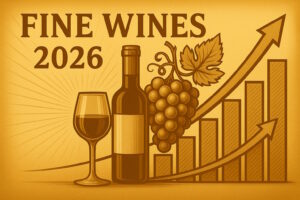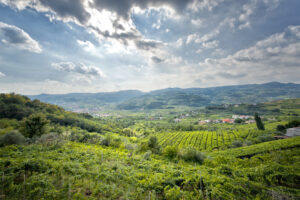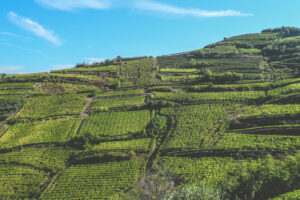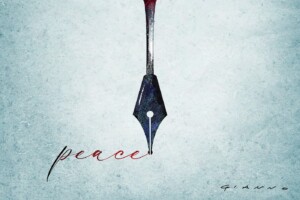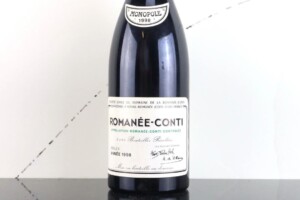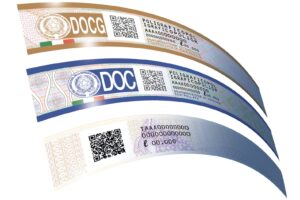In 2006, Italy not only confirmed itself as the undisputed leader in wine exports, but it also placed 11th worldwide for importing country, a confirmation of a growing refinement in consumer’s tastes. This is the result of the first and only analysis of “Foreign Wine in Italy”, conducted by Vinitaly and Confcommercio, in collaboration with the research company “Il Numero Blu Spa” of Rome, and presented by Fabio Fulvio of Axiter Spa.
The opening up to new wines should not be surprising, given the continuous increase in wine exchanges at a global level: in 2005 alone, commercial flow included 78.7 million hectoliters, a 3% increase from 2004. The data is also confirmed in the current increase in Italian exports (+6.5% in 2006 for a total value of 3.2 billion euros), precisely in the countries that are now more present on the Italian market, apart from France.
“Vinitaly,” – confirmed Giovanni Mantovani, general director of Veronafiere – “the most prestigious window on the international panorama on wine, has registered a significant increase in the presence of foreign wine exposition spaces in recent years. This is why, to support wine companies, on the one hand, occasions are created for encounters that favor export (as is demonstrated by the growing success of the ‘Vinitaly Tour’), and on the other hand, an analysis is made of foreign wine, with training and information so that producers can have a constantly updated view of the wine sector”.br>
The market -
On a global level, in recent years, countries in the southern hemisphere, like Australia, Chile, Argentina, South Africa, as well as the United States, have grown enormously both in terms of production as well as export of wine, thanks to the adoption of an approach that is typically “industrial”. Large companies (on average 40 hectares in the U.S., about 23 hectares in South Africa, and 21 hectares in Australia), utilize standard grape varieties and are strongly oriented towards product marketing. Italy, regardless of the fact that companies have an average vineyard size of barely over 1 hectare, has confirmed itself yet again, as the world leader in export production, which in 2005 reached 50.6 million hectoliters. Even though it registered an inferior growth rate (1.8 million hectoliters), Italy registered a tripling in import volumes over the past 5 years, making it, today, the 11th largest importing country in the world. In 2005, 60-70% of imports were made up of French wines, bottled and high quality (67,000 hectoliters of champagne alone for a value of 136 million euros). This is followed by bulk wines, that have grown in popularity from 15% to 70% over the past 5 years, and usually imported from Spain or the U.S.. This type of wine is usually re-exported to Europe (that which comes from the U.S.), or sold as “first price” table wine through large-scale distribution (Spanish wine). Then there are also the top quality bottled wines that arrive from the South (Argentina, Australia, Chile).
Distribution channels -
Regardless of the fact that wine consumption in Italy is in a structural decline and bulk wine still represents 50% of total volume, particularly interesting data has emerged from the study, offering evidence of the growing consumption of bottled wines, a demonstration of a progressive “refinement” of consumer tastes. At a distributional level, research confirms the increasing importance of large-scale distribution (GDO), both in terms of acquisitions outside of homes and distributional formats, as well as for quality wines, thanks to a restyling of areas dedicated to wine, where, next to the labels of prestigious wines, product information is offered along with suggestions on how to drink it and with what foods. Wine shops and restaurants remain, however, the preferred channel for the acquisition of quality wines, especially those from other countries.
Consumer Focus -
Of the 1,000 Italian consumers who were questioned, 15% drink or frequently buy wine from abroad (champagne included), 67% declare they have drunk a foreign wine at least once, and 2% claim to be true connoisseurs of foreign wines, with an annual average of 50 bottles acquired, with spending superior to 10 euros per bottle (40 euros for champagne). The typical consumer is a young male, between the ages of 18 and 35, well educated, residing in large cities around central Italy. Wine choices are usually made from the suggestions of others, like friends and acquaintances, as well as the suggestions made by wine sellers and sommelier, and even suggestions found on store shelves for specific wines.
Among the foreign wines in Italy, French ones are by for the best known and most consumed. But there is also a growing interest in Spanish, Portuguese, Chilean, Australian, and American wines.
This study, which has offered a global view of wine tastes, also further qualifies the Vinitaly expo as well. Vinitaly is not only a window on what are the most important wines worldwide, but also a demonstration of the will to continue to support companies, with innovations and by offering new analyses, to be used for comparison and for growth, useful for operators to be able to better define the current and future market scenarios.
Copyright © 2000/2025
Contatti: info@winenews.it
Seguici anche su Twitter: @WineNewsIt
Seguici anche su Facebook: @winenewsit
Questo articolo è tratto dall'archivio di WineNews - Tutti i diritti riservati - Copyright © 2000/2025














